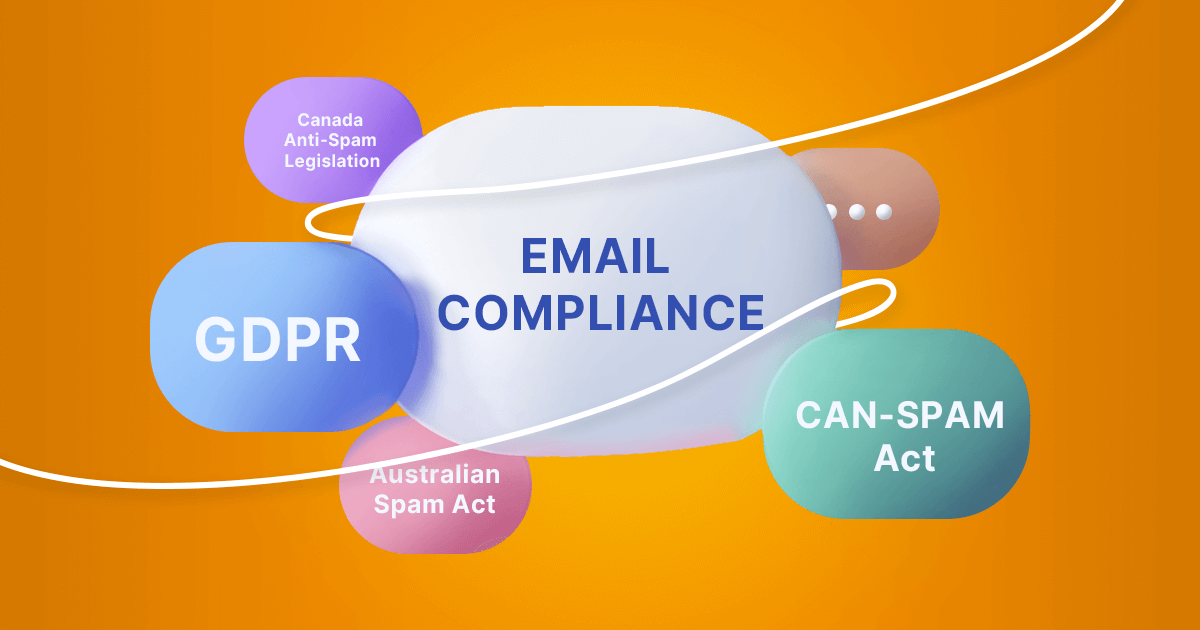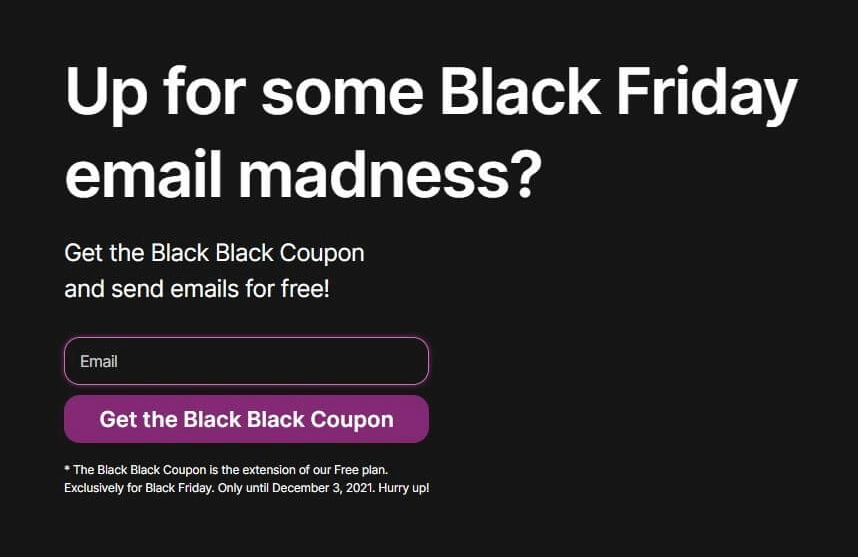Tips on following the email compliance
There are lots of requirements for email compliance and they are constantly changing. But do not expect that inspection authorities miss compliance violations because of the number of emails. A single complaint from a user is enough to be detected. No one will care whether you or your staff knew about the email compliance rules and regulations, or whether you made a mistake unintentionally or because of a technical failure.
For example, the obvious careless mistake when several persons could see each other’s email addresses cost the individual in Germany €2,500. If it concerned a company, the loss would be even higher — for a Romanian Unicredit bank, the violation for uploading unprotected user information resulted in a fine of €130,000.
Of course, there can be no 100% guarantee that there will be no email compliance defaults, but if you follow a few simple guidelines, you can significantly reduce the risks.
Know your regulatory requirements
You need to be aware of the contents of data protection regulations, such as GPPR for European Union countries or the CAN-SPAM Act for the US.
But, firstly, these are not the only jurisdictions and, secondly, the knowledge of legislation alone is not enough to properly organize mailings and comply with the necessary requirements.
You need to know what is applicable in each case. To do this, consider:
- The geographical location of your recipients. Get as much information about where your customers live as you can. Ask them about it via subscription forms or get information from your internet provider. This will help determine which email compliance rules to apply.
Note that the legislation protecting personal data is exterritorial which means that you should follow the laws of your recipients’ countries no matter where your company is situated.
- The subject specifics. For example, in addition to general personal data, there is also medical data. Special legal provisions in the US regulate medical information exchange more strictly than the CAN-SPAM Act does. For example, under HIPAA (Health Insurance Portability and Accountability Act), you must get patient permission before sharing protected health information or patient lists with third parties.
Educate your employees
If you work at a smaller company, hold meetings or inform colleagues personally to ensure that all key employees are aware of what the compliance requirements are about and understand the new rules. It’s good to have a single document that regulates email handling and compliance rules and that you can refer to.
Provide regular staff training on the principles of work with personal data and email compliance, information exchange, archiving of messages, and the use of the software.
Use marketing automation tools as much as possible to avoid sending emails to customers without the right details (subject line, address, company information) or make other compliance mistakes like sending a message to somebody who has previously unsubscribed. It’s easier to keep track of those things if you use an email service provider (ESP) like us. For example, if a person unsubscribes from a newsletter sent via Selzy, they won’t receive any further emails automatically though they will still be on the list.
Buy archiving solution
The volume of commercial emails is usually too large to handle manually. And you also need to store it and provide the safety of data. This is where archiving solutions come in handy.
Email archiving is the automatic creation of a copy of each incoming message, without affecting the actions of the recipient or sender. All message details (sender, recipient, message body) remain unchanged. With archiving solutions, you can quickly find, recover, and delete the data securely, if an EU citizen wants to exercise their right to be forgotten, for example. Specialized solutions will also make sure your data is stored safely, with no data loss and unauthorized access.
The list of such tools includes:
and others.
They offer cloud-based archiving solutions with a variety of search options.
Again, ESPs usually combine sending capabilities, data protection, support, etc. with archiving services, so most of them develop, use and support their own archiving systems.
Know about modern trends
Email compliance is becoming more important and more complex. For example, the usability and adaptability of the message for mobile devices play an important role.
From an email compliance point of view, it is important that the various notifications, capture forms, subscriptions, and unsubscribes are clear and readable. Users rarely read laws but can easily complain if your email is irritating and its purpose is not clear.
So, a user-friendly interface can not only bring you the loyalty of your audience but also help you be more compliant. Conversely, users will suspect you to be a scammer and will even not open your message if they can’t find information about the sender, and do not understand why they see the email.
When choosing an ESP, make sure they have an email builder with a mobile layout. In all popular builders, Selzy’s one included, blocks are responsive — you create responsive emails by default.
























